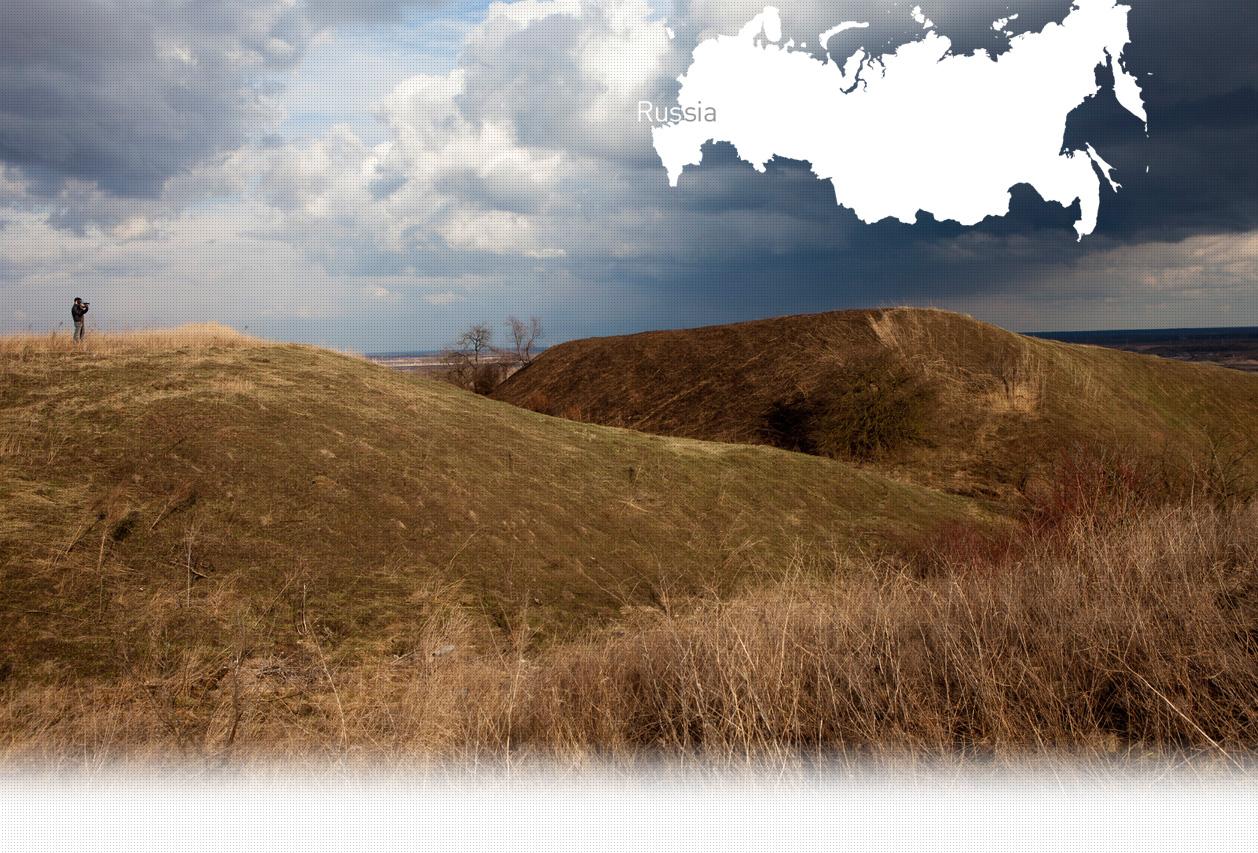

1 Killing site(s)
Tamara Ye., born in 1928: “Before the war there were many different nationalities living in Toropets. There were Russians, Ukrainians, Latvians and Jews. I had many Jewish classmates at school. I first went to school n°4, located on Lenin Street, and then I went to school n°7. It was a secondary school. I remember sharing my desk with a Jewish girl, Lilia Feintsein. She lived on the same street as me. I remember another neighbor of mine. Her name was Rosa. These girls were my age and we used to play together.
YIU: Do you remember what Lilia and Rosa’s parents did for living?
W: Lilia’s father worked in the lumberyard. They managed to evacuate before the Germans’ arrival. I can’t remember what Rosa’s parents did and whether they escaped or not.” (Witness n°662R, interviewed in Toropets, on July 6, 2016)
“The Jews of Toropets were shot at the beginning of December 1941 about 200 meters from my house. The extermination took place around 10 o’clock in the morning. The adults were shot. As far as the children were concerned, they had their wrists slit. The day before the execution the Germans had dug two pits, but I did not know who they were intended for. On the morning of the shooting, the territory around the flax factory was surrounded by German patrols. The Germans brought out the adults first, men and women, in groups of five. The latter had to undress down to their underwear. They were the lined up on the edge of the pit and shot with a machine gun. Once the adults were shot, the Germans began to undress the children. Once the children were undressed, the Germans cut their wrists and threw them into the second pit. There were 25 children. Then the Germans began to fill in the pit, but the strongest children were trying to get out of the pit. Then I heard the gunshots. Most of the children were buried alive. Two days before the shooting, a Jewish girl came to my house to ask for food. When I asked her about their living conditions, she told me that the representatives of the Jews had met with the commander of the city and the latter had promised them that from Monday their life would be better. On Monday the Jews were shot. [Deposition given by Ivan L., mentioned in the act drawn up by Soviet Extraordinary State Commission (ChGK) on December 24, 1944; GARF 7021-20-20, pp. 753-755]
Toropets is located 310km (186mi) west of Tver and 90km (56mi) northeast of Velykiye Luki. In 1074, Toropets acquired city status in the Smolensk Principality. In the mid-14th century, it became part of the Grand Duchy of Lithuania before being taken over by the Muscovite state in 1503. On the eve of the war, circa. 500 Jews remained in the town.
Toropets was occupied by Germans on August 29, 1941, and remained under the occupation until January 21, 1942. Less than a quarter of the prewar Jewish population remained in the town at the moment of the occupation. Those who had not managed to flee, 75 people according to the Soviet archives, were first gathered at the flax factory for a period of one month, before being massacred in October or early November 1941. There were two Soviet POW camps with around. 3,000 inmates. Circa. 1,200 of them died of hunger, cold and inhumane living conditions. On September 25, 1941, 42 local civilians were shot, and 5 others were hanged on the central square.
Do you have additional information regarding a village that you would like to share with Yahad ?
Please contact us at contact@yahadinunum.org
or by calling Yahad – In Unum at +33 (0) 1 53 20 13 17